Deck & Commander Strategies
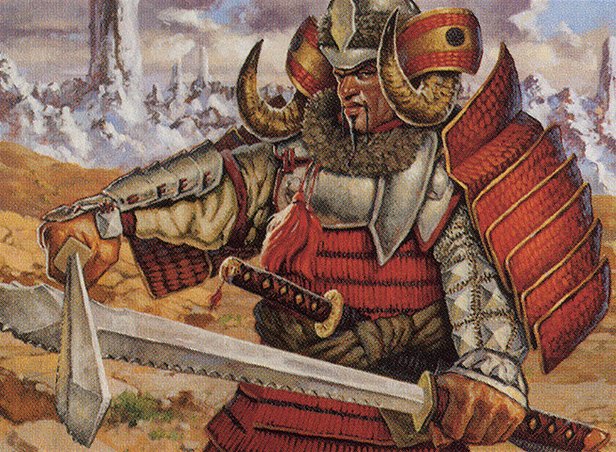
Brothers Yamazaki
Focuses on aggressive creature combat and utility, leveraging partner synergy and disruption spells to pressure opponents and maintain board presence.
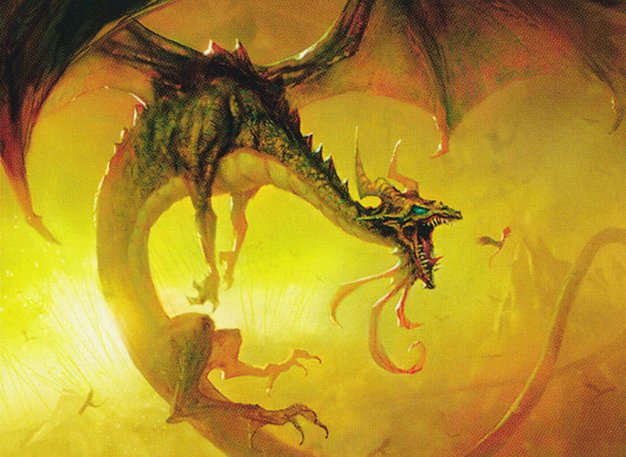
Nicol Bolas, Dragon-God
Utilizes control elements, card advantage through Necropotence, and powerful planeswalker abilities to dominate the board and win through incremental control and damage.
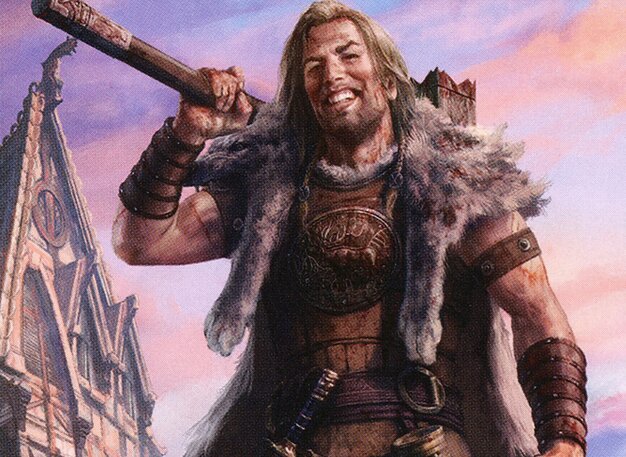
Wulfgar of Icewind Dale
Ramp-heavy deck that builds a strong board through mana dorks and enchantments like Beastmaster Ascension to overwhelm opponents with large creatures.
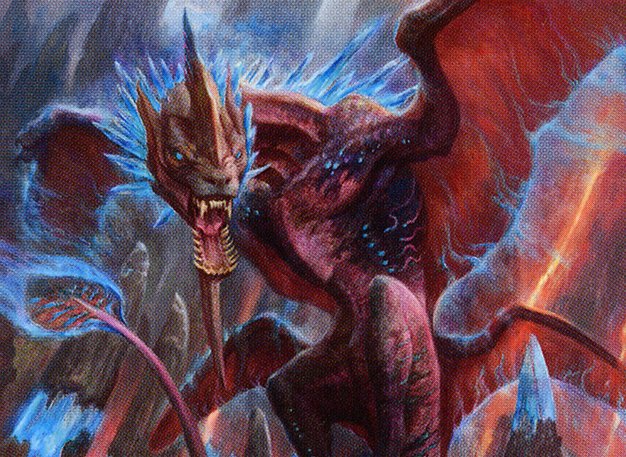
Vadrok, Apex of Thunder
Leverages mutation mechanics and graveyard recursion to cast multiple spells per turn, maintaining pressure and card advantage by reusing key instants and sorceries.
Gameplay Insights
- 1
Nicol Bolas's player effectively used Necropotence and repeated life payments to maintain a large hand size and resource advantage.
- 2
The timing of board wipes like Damnation and Blast Missiles were crucial in resetting the board state and slowing aggressive strategies.
- 3
Vadrok's mutation triggers enabled multiple spell recasts from the graveyard, increasing overall card efficiency and pressure.
- 4
The use of Chaos Warp to remove problematic permanents like Ugin was a key disruption tool in the midgame.
- 5
Brothers Yamazaki's player capitalized on partner synergy and early aggression but struggled to maintain board presence against control elements.
- 6
Strategic use of counterspells such as Supreme Will protected key threats and prevented crucial spell resolutions.
- 7
The interaction between planeswalkers and enchantments created a layered board state where incremental damage and card advantage decided the game.
Notable Cards
-

Necropotence
-
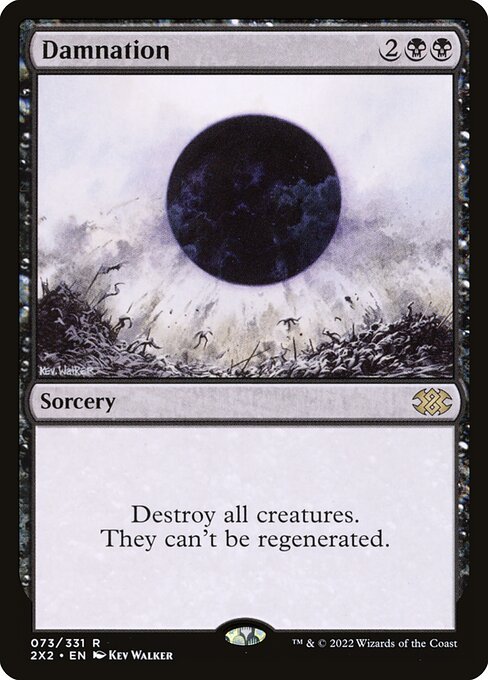
Damnation
-
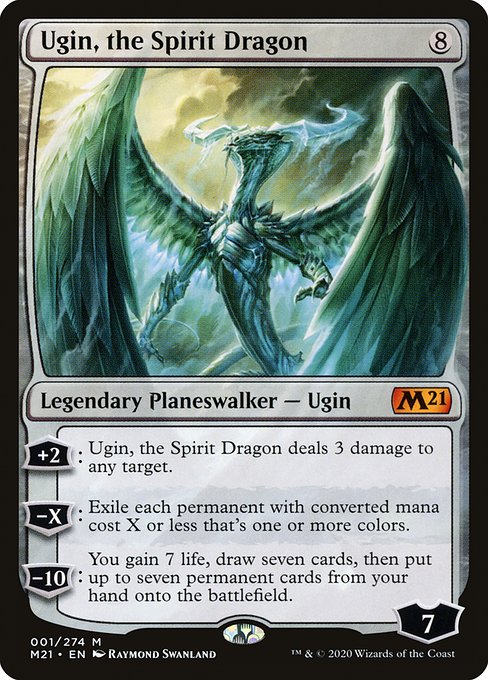
Ugin, the Spirit Dragon
-
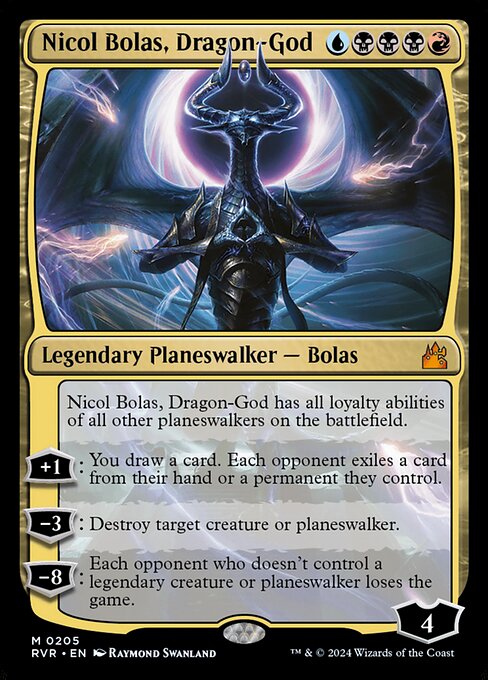
Nicol Bolas, Dragon-God
-
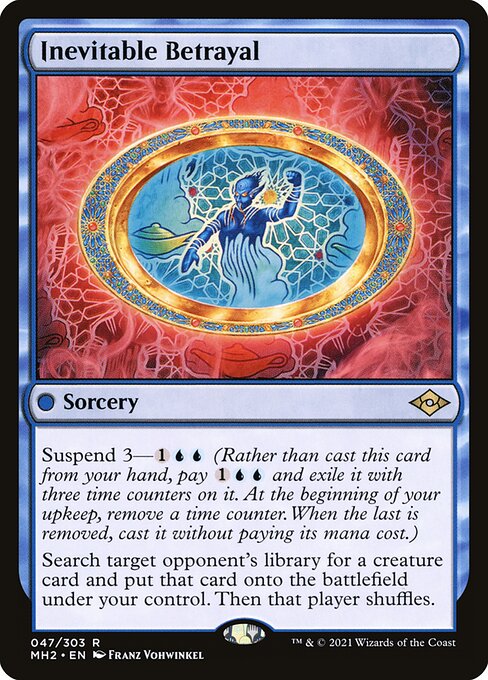
Inevitable Betrayal
-
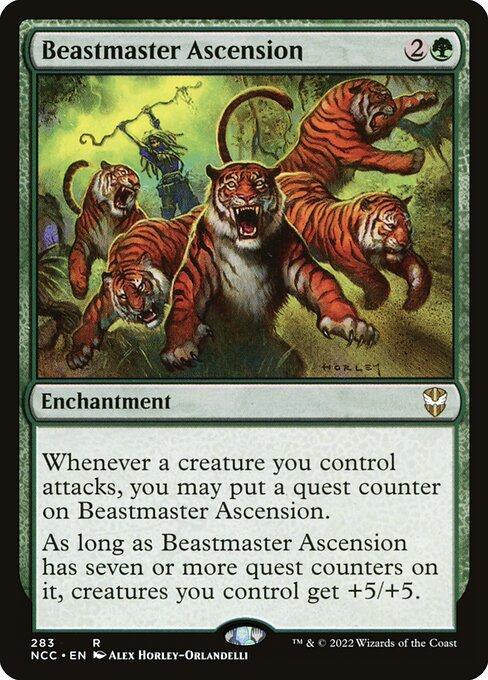
Beastmaster Ascension
-

Chaos Warp
-
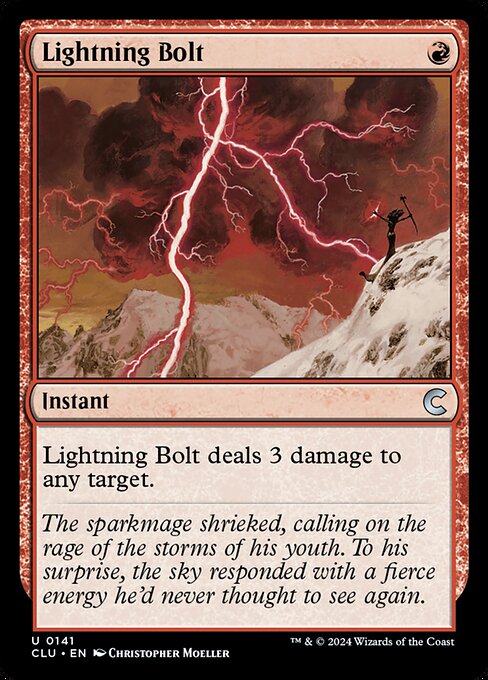
Lightning Bolt
Gameplay Summary
The game began with each player developing their mana base and establishing early board presence through mana dorks, ramp, and card draw engines.
Nicol Bolas's player leveraged Necropotence and board wipes like Damnation to control the board, while Vadrok's player used graveyard interaction and mutation mechanics to maintain pressure and generate value.
Brothers Yamazaki's player focused on aggressive plays and utility creatures to apply early damage and disrupt opponents.
Wulfgar's player aimed to ramp quickly and use enchantments like Beastmaster Ascension to build an overwhelming board. A key turning point occurred when Nicol Bolas's player resolved Ugin, the Spirit Dragon, and Nicol Bolas, Dragon-God, consolidating board control and applying continuous pressure with repeated damage and lockdown effects.
Vadrok's player responded by casting multiple spells from the graveyard, including Lightning Bolt, and mutating creatures to maximize value.
Meanwhile, Brothers Yamazaki's player used Chaos Warp and other removal spells to keep threatening creatures off the board.
The game saw heavy interaction, including counterspells, bounce effects, and strategic board wipes, culminating in Nicol Bolas's dominance through powerful planeswalker abilities and card advantage engines.
The game appeared to revolve around attrition and resource denial, with Nicol Bolas positioning to win via incremental damage and control over the board state.

































![EDH VS S1E3: Vaevictis v. Nicol Bolas v. Arcades v. Chromium [MTG Multiplayer] thumbnail](https://i.ytimg.com/vi/I8yA7J2GMrE/sddefault.jpg)


